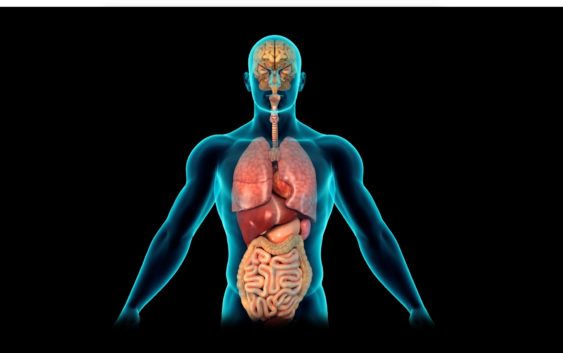The Chemistry of Digestion

Whatever you eat and drink, the process of digestion is made up of a combination of different chemical reactions that start working as soon as you start to eat or drink.
The chemicals involved reduce the food to blocks of nutrients for absorption for use by the body. Every piece of food we eat is composed of fats, carbohydrates (also known as starches) and proteins. These are known as Macronutrients.
Each macronutrient must be broken down into their relative chemical compound in order for the body to use them. For example:
Bread is carbohydrate and by the time it reaches your muscles as energy it has been chewed, churned, liquefied and the starch changed to useable glucose.
All the organs of the digestive system have been used to process a piece of bread into energy. Take a look at The SmallerKnickers Digestion film for a visual image.
Below is a description of each macronutrient how each is processed.
Carbohydrates (Carbs)
These are sugars and starches found in bread, pasta, vegetables, grains, fruit and sugary products such as biscuits, cakes and sweets. It is important to remember that sugary drinks and alcohol are carbs too!
Carbs are your main source of energy. They are partially digested in the mouth but are not fully digested until they reach the small intestine. They are broken down as follows:
Digestive process of carbs:
- In the mouth the enzyme amylase acts on cooked starches (polysaccharides) and converts them into complex sugars
- The enzyme amylase converts polysaccharides into disaccharides in the duodenum
- The additional enzymes maltase, lactase and sucrose in the small intestine convert disaccharides into monosaccharides which are then absorbed into the body
Proteins
Protein foods include meat, fish, dairy products and beans. Protein is very important and if we don’t get enough from our diet, our health and body composition suffers.
Protein is made up of one or more interlinked polypeptide chains and are the building materials for the body. In order for them to be used effectively they must be converted into a chemical compound call an amino acid.
There are approximately 20 amino acids divided into two types – essential and non-essential.
The body cannot make essential amino acids and therefore they must be supplied by diet. The body can make sufficient non-essential amino acids so therefore are not a dietary requirement.
Digestive process of Protein:
- Proteins are first broken down by pepsin, which is an enzyme in the stomach, into peptones. Peptones are partially digested proteins
- Peptones are then broken down by enzymes in the small intestine (trypsin and chymotrypsin) into polypeptides. Polypeptides are structures formed from groups of amino acids
- Finally, the enzyme peptidase in the small intestine breaks the polypeptides into individual amino acids for absorption into the body
Fats
Fats are the body’s purest energy source. It also helps you absorb vital vitamins, therefore a healthy diet should always contain a certain amount of fat.
In order for fats to be absorbed into the body, they need to be converted to fatty acids and glycerol, which are compounds that can be absorbed via the small intestine.
Digestive process of fats:
- Fats are emulsified by bile salts, which come from the liver into the duodenum
- Emulsified fats are broken down in the duodenum by the enzyme lipase, which is found in pancreatic juice and converted to fatty acids and glycerol
- Fatty acids and glycerol are absorbed into the body from the small intestine
